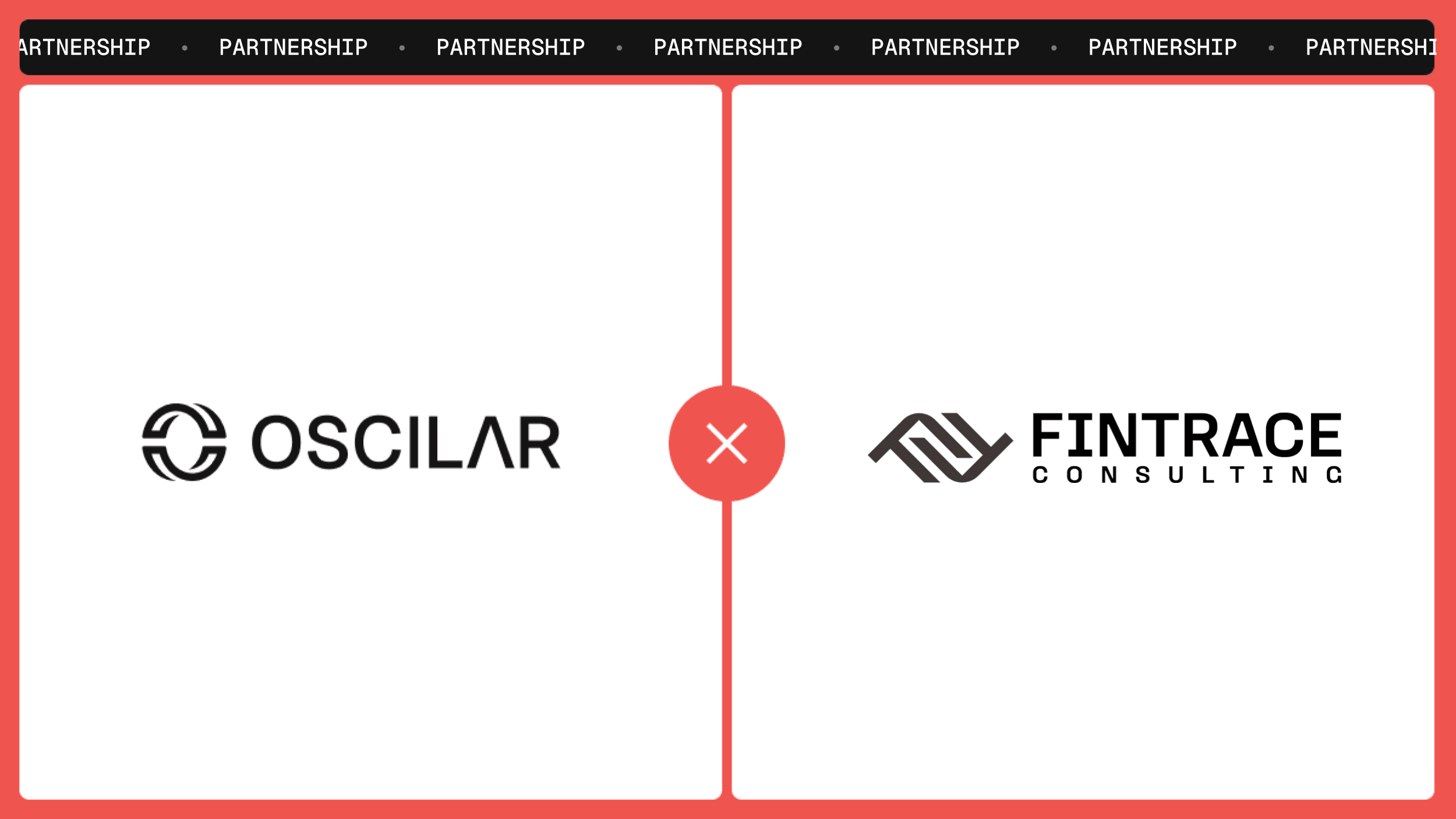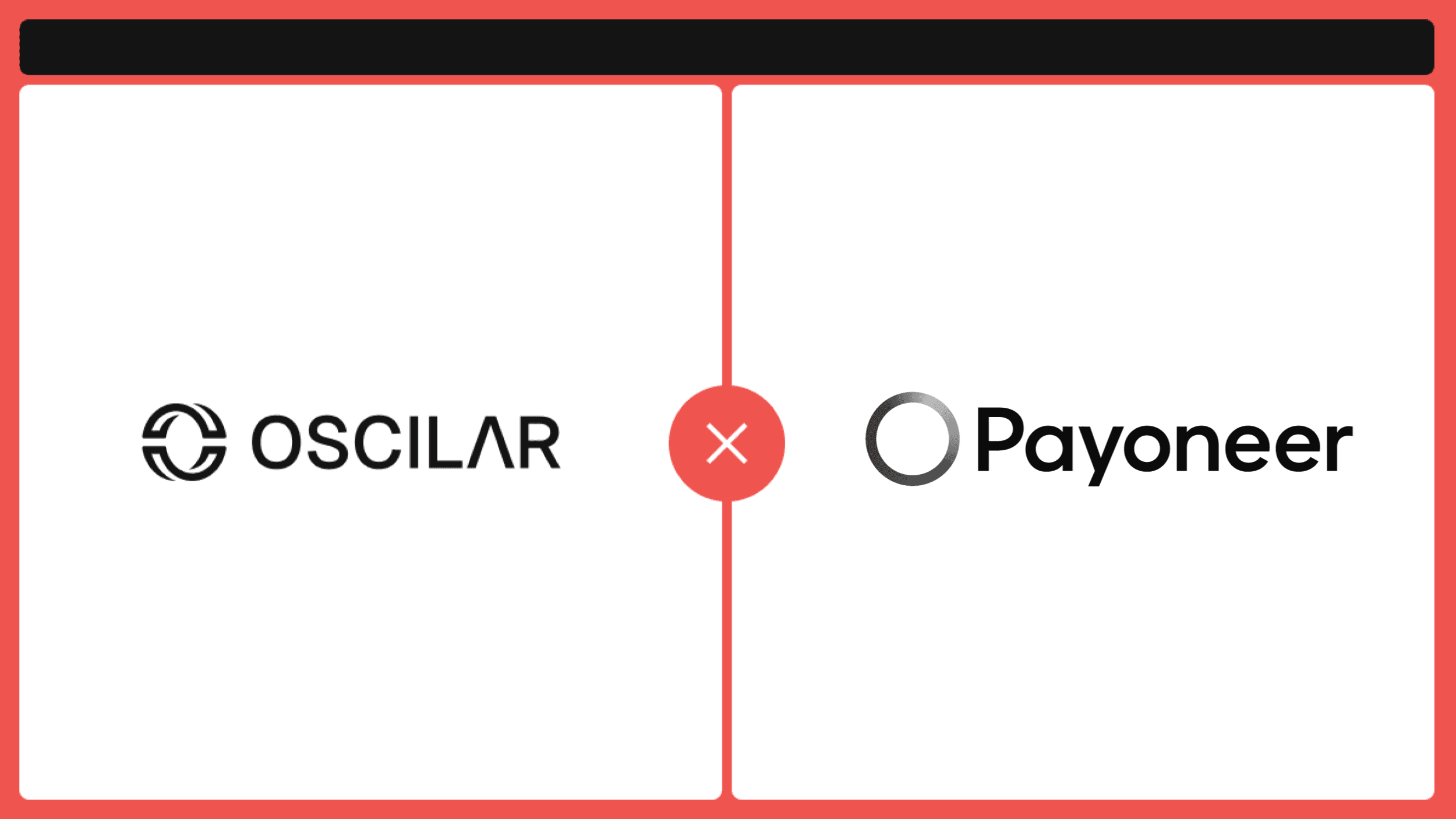The rapid rise in online business transactions has made Know Your Customer (KYC) a very vital aspect of accessing important services. From opening a bank account to simply placing an order online, a KYC form is a key part of the onboarding process for businesses to identify clients and expose fraud. There are many benefits to designing a frictionless and secure KYC process, chief among them being the prevention of fraud. By ensuring that all customers are properly vetted from the outset, companies can not only prevent criminal activities like bribery, fraud, money laundering, and identity theft but also attract more customers and increase revenue.
What are KYC and KYB?
KYC verification is the process of verifying the identity of a customer. This usually includes checks like verifying government-issued ID documents and making sure that the customer’s name, date of birth, and address match up.
In some cases, additional information may be required to verify a customer’s identity. This could include things like utility bills or bank statements. The level of due diligence will vary depending on the industry and the risk profile of the customer.
The goal of KYC verification is to ensure that a customer is who they say they are, and that they are not engaged in any illegal activities. At the same time, KYC vetting cannot come at the cost of customer churn due to friction during the onboarding process.
KYC is a fine balance between growth and fraud; an ideal KYC process introduces the minimum amount of friction required to accurately flag fraudulent customers.
The following are the three pillars of KYC:
Customer Identification Program (CIP): Verify that the customer is who they say they are
Customer Due Diligence (CDD): Assess the customer’s level of risk, including reviewing the beneficial owners of a company
Continuous monitoring: Monitor client transaction patterns and report suspicious activity on an ongoing basis
KYB: KYC for Business
Know Your Business (KYB) is an extension of KYC for business suppliers or partners. Just as companies need to vet individuals before allowing them to open a bank account or invest through their platform, companies also need to vet other businesses they work with.
KYB processes involve:
Identifying high-risk businesses.
Determining the nature of the business including what it sells, what service it provides, and who it partners with.
Collecting documents like articles of incorporation, business licenses, partnership agreements, and financial statements.
Identifying and verifying ultimate beneficial owners (UBO) before establishing a business relationship. A beneficial owner may not be the owner or company leader but is a person who ultimately benefits from the business transactions.
What is KYC fraud detection?
KYC (Know Your Customer) fraud detection is the process of identifying, monitoring, and preventing fraudulent activities in the financial system. It involves verifying the identity of customers to ensure they are who they claim to be and that their transactions do not involve any suspicious activity. KYC fraud detection aims to protect organizations from potential losses due to fraud, money laundering, and terrorist financing. KYC fraud detection systems provide organizations with the tools to detect and investigate fraud promptly. By verifying customer identity and analyzing potential fraudulent transactions, organizations can mitigate their risk exposure and minimize financial losses. This helps organizations protect themselves from costly violations of laws, regulations, and internal guidelines. KYC fraud detection is an essential component of any organization's financial compliance program as it provides a proactive approach to identifying and preventing fraud. By employing effective KYC fraud detection systems and procedures, organizations can ensure that their customers are legitimate and their transactions are secure.
Types of fraud detected by the KYC process
KYC fraud detection systems can detect a variety of types of fraud, including money laundering, identity theft, and financial crimes. Money laundering is the process of disguising illegal proceeds from criminal activities to make them appear as legitimate income. Identity theft occurs when someone obtains and uses another person's personal information without their authorization. Financial crimes are any type of offense involving the misappropriation or misuse of funds. KYC fraud detection systems use various techniques such as customer profiling, identity verification, and transaction monitoring to identify suspicious activity associated with customers or transactions.
The many benefits of KYC fraud detection
There are many benefits to designing a frictionless and secure KYC process, chief among them being the prevention of fraud.
Fewer financial losses: By ensuring that all customers are properly vetted from the outset, companies can prevent fraud resulting from false identities or online schemes. KYC processes also prevent money laundering. It helps organizations carry out an adequate risk assessment on customers by identifying their financial history and owned assets.
Legal compliance: In addition to fraud prevention, a frictionless and secure KYC process can also help to ensure compliance with anti-money laundering (AML) regulations. In many jurisdictions, it is a legal requirement for companies to carry out KYC checks on their customers. By properly verifying the identities of their customers, companies can avoid hefty fines and penalties.
Efficient business growth: Manual KYC procedures slow down how quickly banks can onboard customers — a process that can take anywhere from 2-34 weeks according to Forrester research. By designing a frictionless KYC process, a business can attract and onboard more customers.
Increased customer trust: KYC protects customer accounts from unauthorized third-party access, thereby building trust between customers and organizations, and attracting more customers to a business.
Data sources for identity verification
Data sources used for identity verification in the KYC process typically include official government documents, such as passports or driver's licenses, as well as public records and other third-party sources. Government documents are often used to confirm an individual’s name and date of birth. Public records such as utility bills and bank statements can be used to establish residency while third-party sources provide additional information that can help verify customers' identities. Organizations may also use biometric data such as fingerprints or facial recognition to ensure that the customer is who they say they are. By collecting this data from various sources, organizations can create a comprehensive profile for each customer, which helps them detect and investigate fraudulent activity more effectively.
Standardized checklist for KYC fraud detection
Organizations can use a standardized checklist to ensure they are verifying customer identity correctly and thoroughly. This checklist should include steps such as collecting proof of identity such as government-issued documents, public records and third-party sources; confirming the customer's name, address and other personal information; verifying biometric data such as fingerprints or facial recognition; assessing any potential risk associated with the customer; and monitoring transactions for suspicious activity. By following a standardized checklist for identity verification, organizations can ensure that their customers are legitimate and their transactions are secure. Furthermore, it helps organizations meet applicable laws and internal guidelines by taking a proactive approach to identifying fraud and preventing money laundering. As such, it is essential for organizations to have a robust KYC process in place to ensure that their customers are legitimate and their transactions are secure.
How to pick the right KYC fraud detection technology
Adopting the right KYC tool is the cornerstone of designing a secure, fast, and frictionless KYC experience. The features of the tool you choose will have a direct bearing on the user experience. Pick a KYC solution that offers flexibility to express customizable risk scores based on each business's unique risk requirements, multiple data sources for verifying identity information, as well as, continuous transaction monitoring to rerun KYC checks for users that engage in suspicious activities post onboarding.
The right KYC fraud detection technology also employs dynamic KYC checks. Subjecting every customer to the same heavyweight KYC checks not only increases friction due to false positives but also increases costs associated with KYC processes. KYC fraud checks are rarely 100% accurate. At times, a user's risk profile can fall into a grey area. An ideal KYC fraud detection technology must employ dynamic KYC checks that have a layered approach; starting with a light KYC check and progressively adding more friction by asking for more information for users that cross a certain risk threshold. This is where having the ability to calculate dynamic risk scores comes in handy. Dynamically computed risk scores with corresponding thresholds can be used for triaging applications instantly to automatically accept, decline, or review an application.
AI-powered KYC fraud detection technology goes further ahead in allowing organizations to spot suspicious KYC patterns without the need for human intervention. This is particularly useful in presence of huge amounts of data, where even the most eagle-eyed KYC analysts would fail to spot discrepancies. Of course, AI isn’t sophisticated enough to perform full compliance analysis, but it’s certainly a step in the right direction for organizations looking to save time and resources uncovering potential risks.
Compliance with regulatory requirements for KYC
Organizations must comply with a variety of regulatory requirements when it comes to KYC fraud detection. This includes laws such as the Bank Secrecy Act (BSA), which requires organizations to maintain customer identity and transaction records; Anti-Money Laundering (AML) regulations, which call for enhanced due diligence measures when evaluating potential risks associated with customers; and Know Your Customer (KYC) guidelines, which require organizations to verify customer identity before allowing access to services or products. Organizations must also adhere to privacy laws that protect the customer's personal information from unauthorized use or disclosure. By meeting these regulatory requirements, organizations can ensure that their customers are legitimate and their transactions are secure. Furthermore, it helps organizations meet applicable laws and internal guidelines by taking proactive steps to prevent money laundering and identify fraud. As such, organizations need to develop a robust KYC process to protect their customers and meet regulatory requirements.
A proactive and continuous KYC strategy is the cornerstone of successful KYC fraud detection
KYC (Know Your Customer) and KYB (Know Your Business) are processes used by organizations to verify a customer’s identity and assess the risk associated with the customer to protect themselves from fraud. KYC fraud detection is an important part of this process, as it involves verifying the customer’s identity and monitoring transactions for any suspicious activities. It has many benefits, such as reducing the risk of losses due to fraud and money laundering, helping organizations meet regulatory requirements, and providing customers with a secure experience. When selecting a KYC fraud detection technology, organizations should consider factors like customer profiling, identity verification, dynamic KYC checks, risk scoring, and AI-powered analytics. Additionally, organizations must comply with the applicable laws and regulations to ensure their customers are legitimate and their transactions are secure. By doing so, they can prevent fraudulent activities in the financial system while providing a safe experience for their customers.








